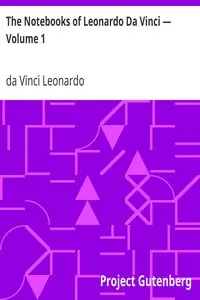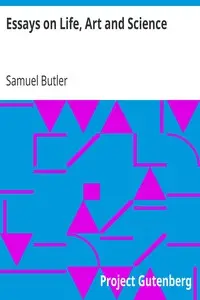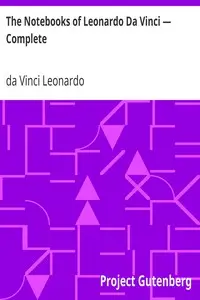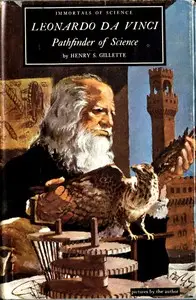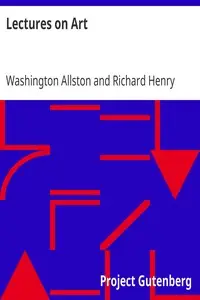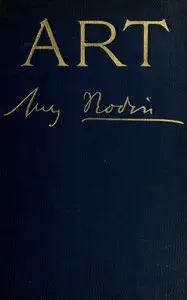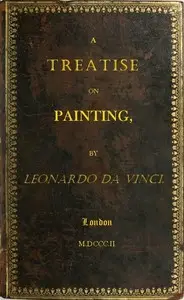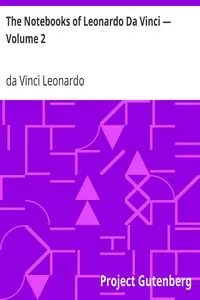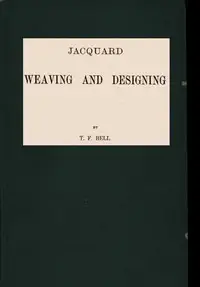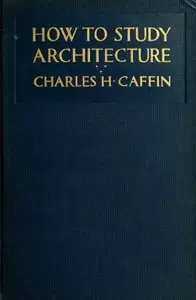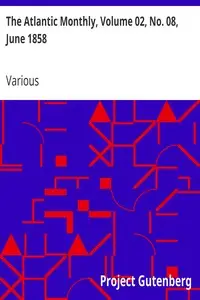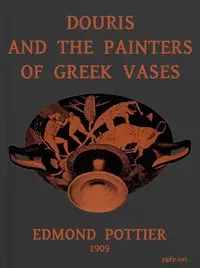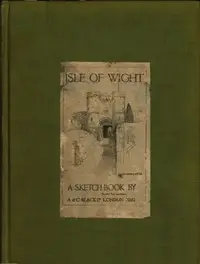"Thoughts on Art and Life" by Leonardo da Vinci is a rich exploration of how art, science, and life connect, written during the Italian Renaissance. It offers a look into the mind of a brilliant thinker as it considers creativity and how to understand life by studying art. Early on, the book discusses the changing times in Italy with its blend of old beliefs and new ideas, and emphasizes the importance of studying nature as a way to find beauty, truth, and a deeper understanding of the human spirit. It also lays the groundwork for the idea that art has scientific and philosophical roots, setting the stage for a deeper look into the author's complex thoughts.
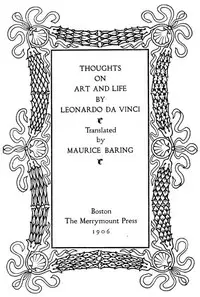
Thoughts on Art and Life
By da Vinci Leonardo
Discover the secrets of the universe through art, science, and the human spirit, as seen through the eyes of a Renaissance genius.
Summary
About the AuthorLeonardo di ser Piero da Vinci was an Italian polymath of the High Renaissance who was active as a painter, draughtsman, engineer, scientist, theorist, sculptor, and architect. While his fame initially rested on his achievements as a painter, he has also become known for his notebooks, in which he made drawings and notes on a variety of subjects, including anatomy, astronomy, botany, cartography, painting, and palaeontology. Leonardo is widely regarded to have been a genius who epitomised the Renaissance humanist ideal, and his collective works comprise a contribution to later generations of artists matched only by that of his younger contemporary Michelangelo.
Leonardo di ser Piero da Vinci was an Italian polymath of the High Renaissance who was active as a painter, draughtsman, engineer, scientist, theorist, sculptor, and architect. While his fame initially rested on his achievements as a painter, he has also become known for his notebooks, in which he made drawings and notes on a variety of subjects, including anatomy, astronomy, botany, cartography, painting, and palaeontology. Leonardo is widely regarded to have been a genius who epitomised the Renaissance humanist ideal, and his collective works comprise a contribution to later generations of artists matched only by that of his younger contemporary Michelangelo.

